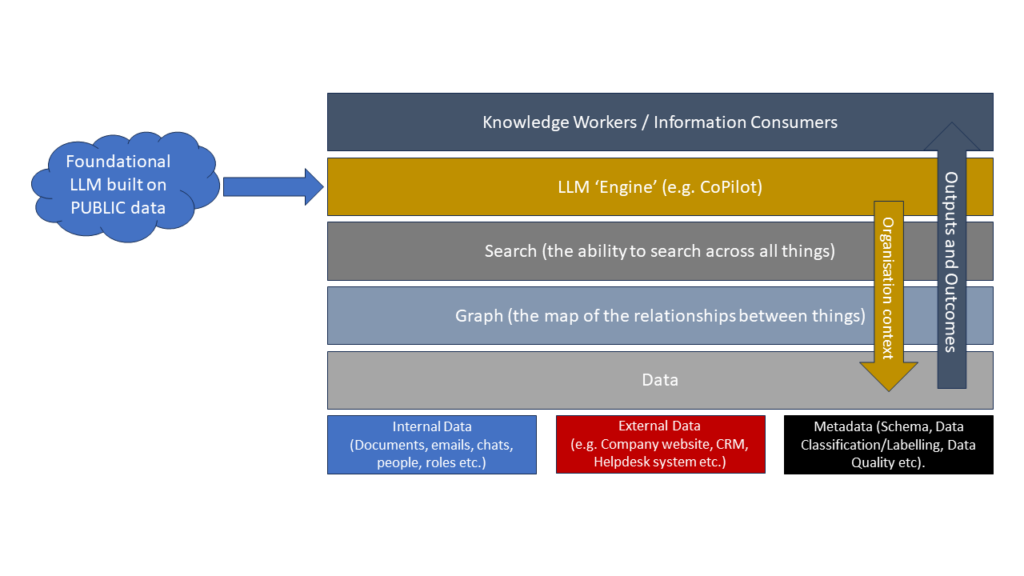
The difference between Information and Data

Back in February my brother asked us to take a look at some data for his Resident’s Association. The data related to AirBnB listings in Dublin city centre. We don’t do a lot of pro-bono work, but I’d forgotten to get him a Christmas present or a birthday present and was feeling guilty so I agreed to look at the data.
First of all, it was just data. A comma separated variable file with a munge of text and numeric data. Scrolling and filtering would provide some answers, but they wouldn’t spark a discussion. In my experience this is a common complaint. To paraphrase the Ancient Mariner – “Data, Data, Everywhere….”
What we did didn’t take very long. But it does highlight the importance of information-centric thinking rather than technology or tool driven thinking when it comes to data and analysis. It also highlights the need to think about how information will be presented. Handing someone a spreadsheet of data may not result in actionable insight or intelligence.
- Data was loaded to a desktop database tool
- Key metrics and hypotheses were identified that we wanted to test for:
- Number of hosts with more than one property of type “Full House or Apartment” listed
- Number of properties broken out by number of days they were available for letting
- Number of hosts with more than one property that have properties available for more than a defined threshold.
- Benchmark comparison against residential rental property market for comparison.
One of the first challenges was to determine how many days availability constituted “not a place someone is actually living in”. We set a few arbitrary levels and I suggested a conservative figure be used for the analysis. Available for 85% of the year sounded about right – that’s roughly 320 days or more.
Our findings are a bit disturbing given the level of homelessness in Dublin City and the fact that families in Ireland are living in small hotel rooms rather than anything approaching a reasonable family home. Based on our analysis of the InsideAirBnB data provided these two statistics stands out.
- AirBnB listings for hosts with more than one property that are available for more than 320 days a year are the equivalent of 22% of the ENTIRE residential rental property market in Dublin.
- AirBnB listings for hosts with more than one property that are avaiable for more than 320 days a year are 7% of the total listings in the AirBnB data set we looked at.
[update: August 2023] Back in 2016 we produced a video of the analysis and posted it as part of this blog post. The shifting sands of hosting platforms mean that that video is no more. However, below is a link to the slide deck prepared for as part of the analysis.
AirBnB Residential displacement.pptx – note: this analysis was in January/February 2016 and was a little rough and ready (I spent about an hour in total on it). With more time (and a bit more data) a lot more could be done.
It is interesting (and depressing) to note that today (2023/08/08) the Irish Examiner newspaper reports a 14:1 ratio of AirBnb to residential units available on Daft.ie. While we haven’t seen the details of the analysis approach applied by the Irish Examiner, it does look like a similar methodology to what we used back in 2016 (but I wonder if they controlled for how long properties were available and the types of rental available).
[/update]


